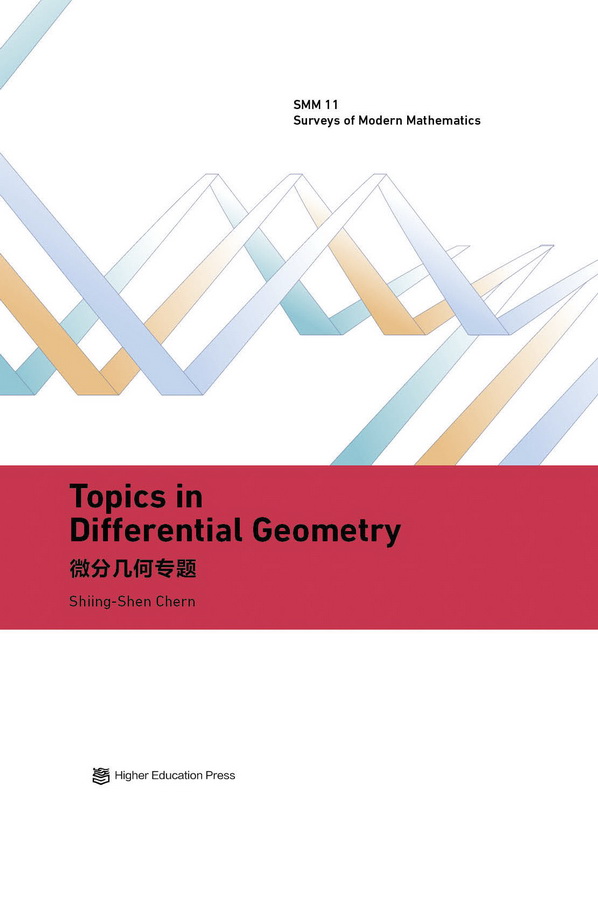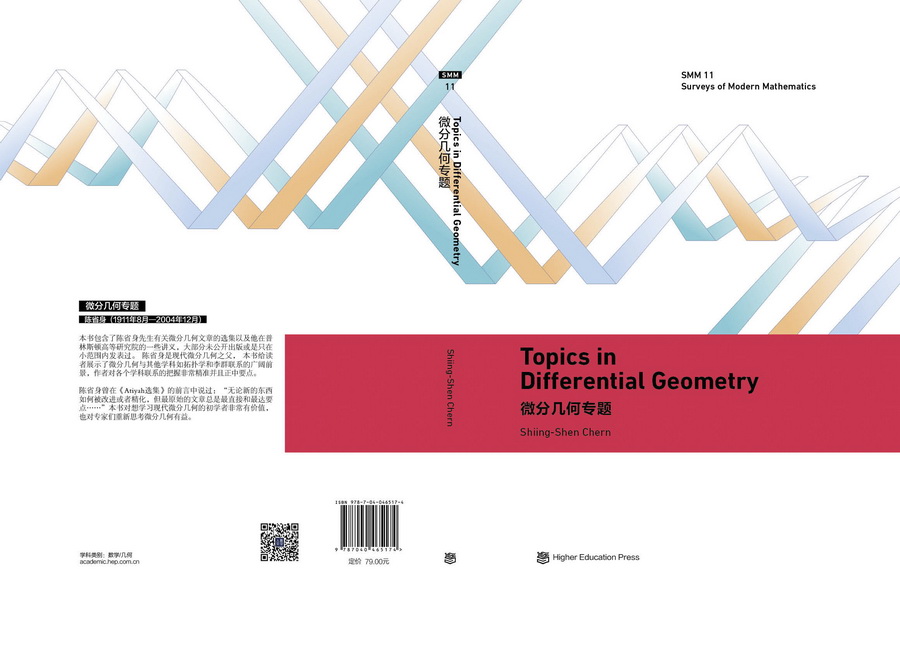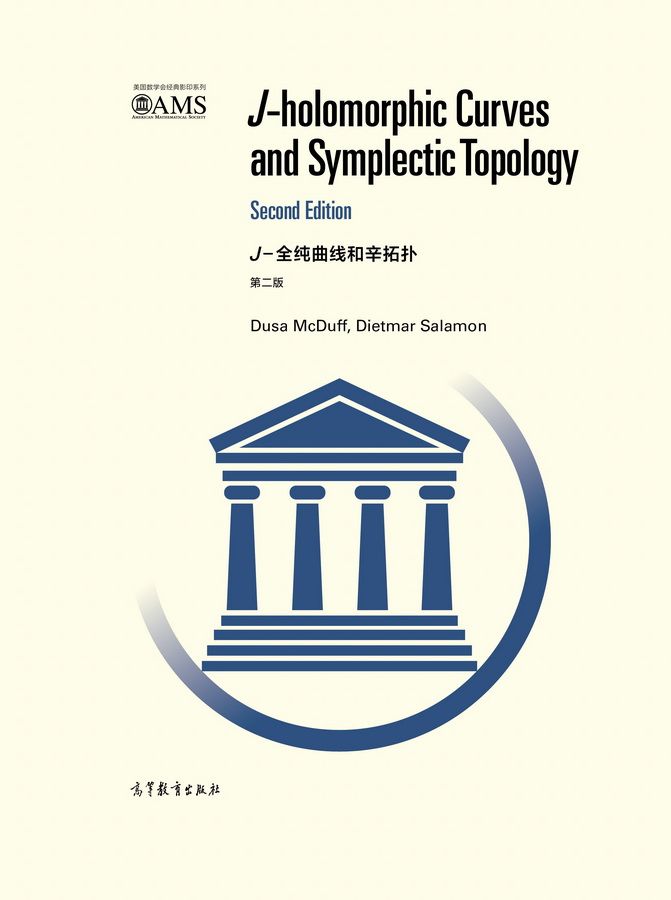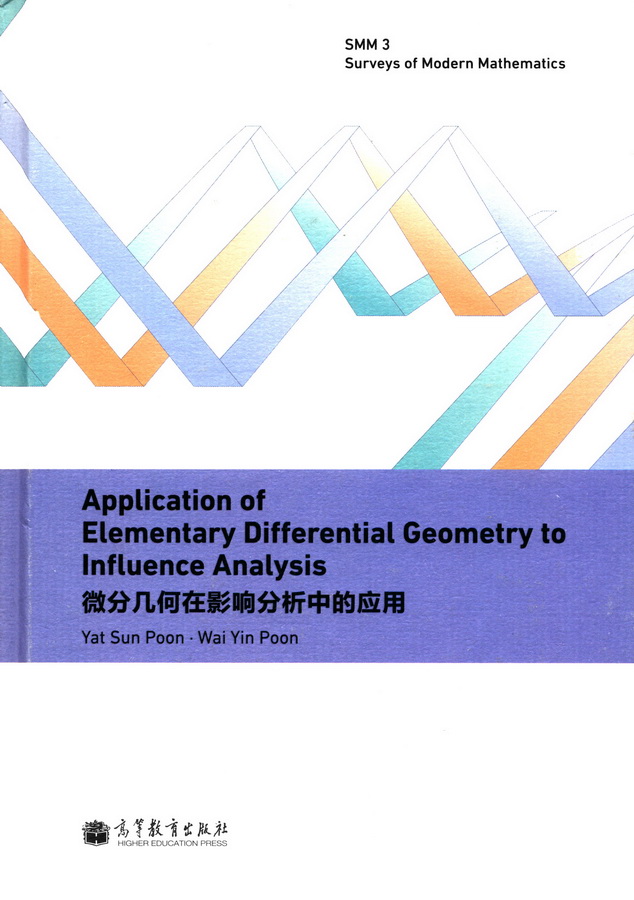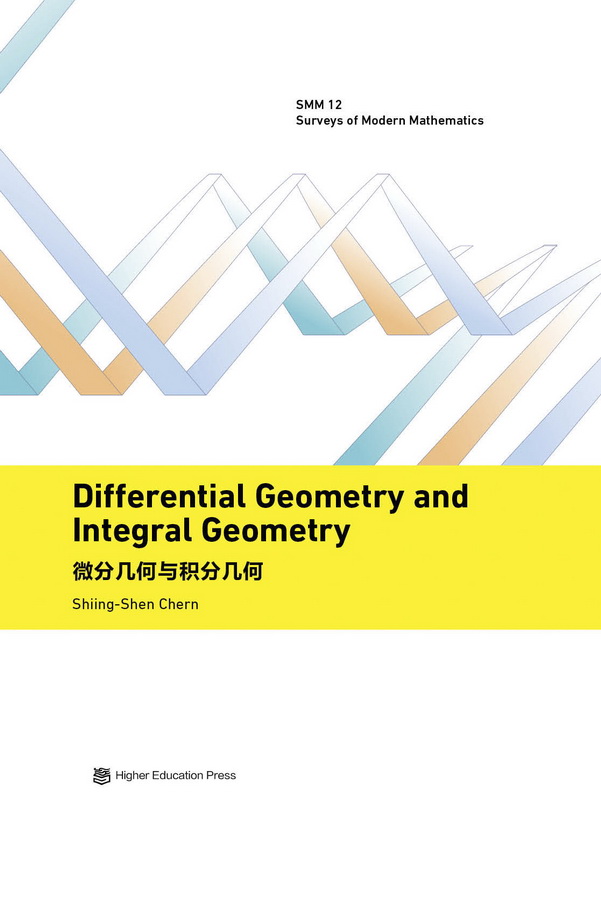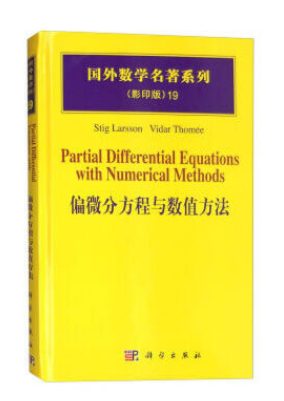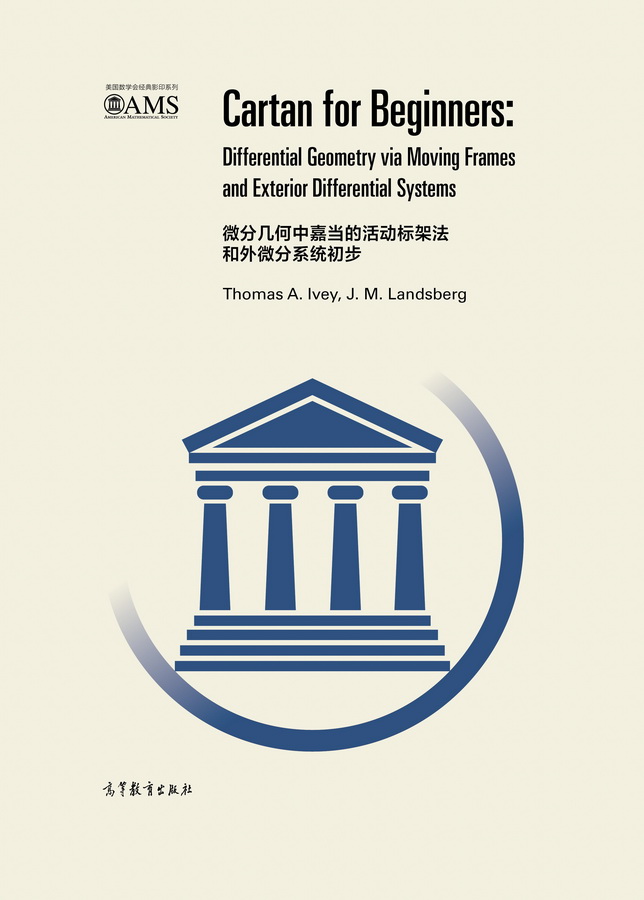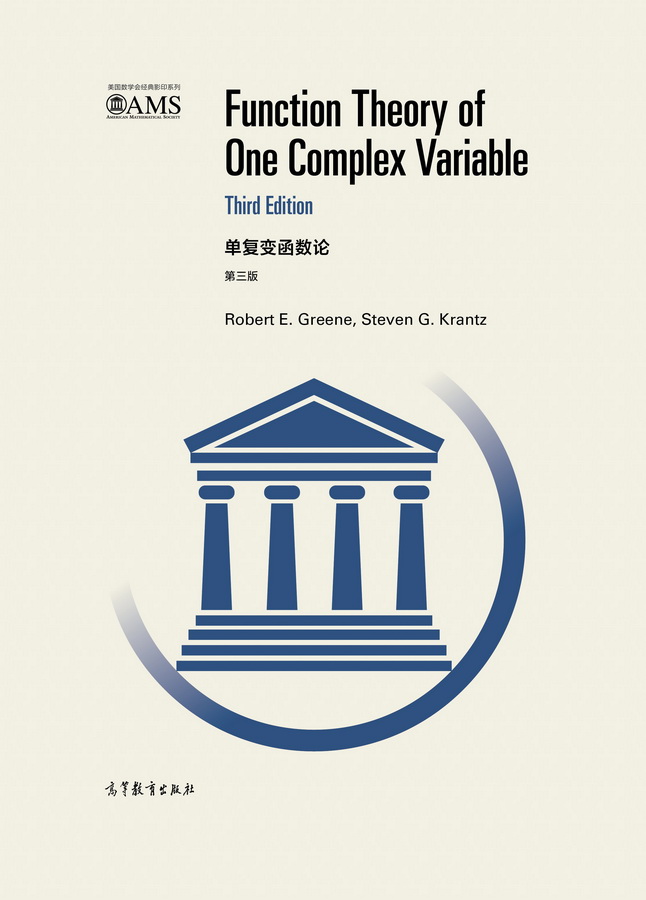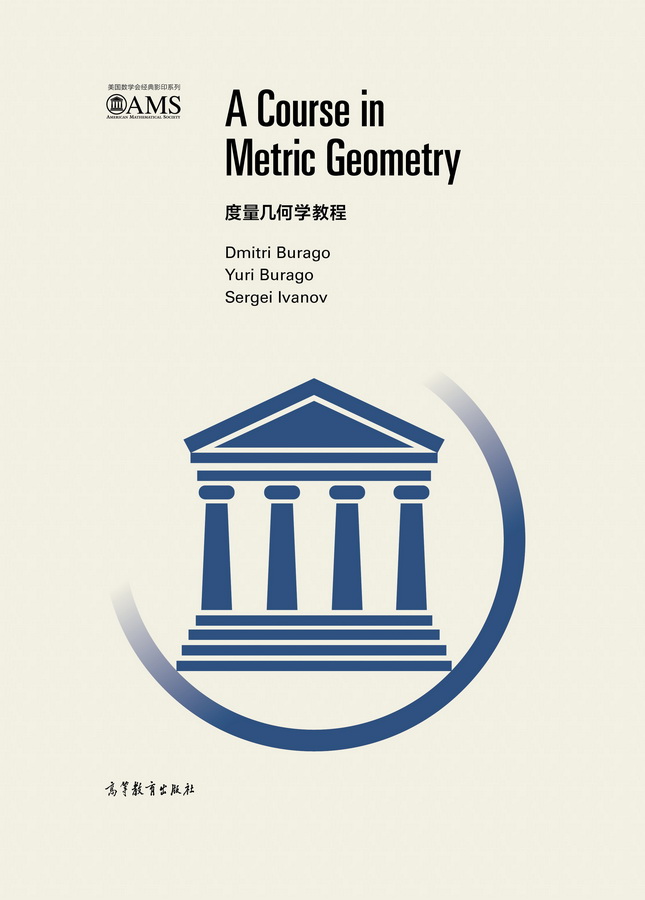微分几何专题(英文版)
作者: 陈省身
出版时间:2016-10
出版社:高等教育出版社
- 高等教育出版社
- 9787040465174
- 1版
- 227537
- 48265986-9
- 精装
- 16开
- 2016-10
- 290
- 227
- 理学
- 数学类
- O186.1
- 数学与统计类
- 研究生及以上
本书包含陈省身先生有关微分几何文章选集以及他在普林斯顿高等研究所的一些讲义。大部分未公开出版或是只是在小范围内发行过。 陈省身是现代微分几何之父, 本书给读者展示了微分几何如何和其他学科如拓扑学和李群联系的广阔前景,并对各个学科联系的把握非常精准并且正中要点。
陈省身曾在Atiyah选集的前言中说过:“无论新的东西如何被改进或者精化,但最原始的文章总是最直接和最达要点……”本书对想学习现代微分几何的初学者非常价值,也对专家们重新思考微分几何有益。
前辅文
1 From Triangles to Manifolds
1.1 Geometry
1.2 Triangles
1.3 Curves in the plane; rotation index and regular homotopy
1.4 Euclidean three-space
1.5 From coordinate spaces to manifolds
1.6 Manifolds; local tools
1.7 Homology
1.8 Vector fields and generalizations
1.9 Elliptic differential equations
1.10 Euler characteristic as a source of global invariants
1.11 Gauge field theory
1.12 Concluding remarks
2 Topics in Differential Geometry
2.1 General notions on differentiablemanifolds
2.1.1 Homology and cohomology groups of an abstract complex
2.1.2 Product theory
2.1.3 An example
2.1.4 Algebra of a vector space
2.1.5 Differentiablemanifolds
2.1.6 Multiple integrals
2.2 Riemannianmanifolds
2.2.1 Riemannianmanifolds in Euclidean space
2.2.2 Imbedding and rigidity problems in Euclidean space
2.2.3 Affine connection and absolute differentiation
2.2.4 Riemannianmetric
2.2.5 The Gauss-Bonnet formula
2.3 Theory of connections
2.3.1 Resume on fiber bundles
2.3.2 Connections
2.3.3 Local theory of connections; the curvature tensor
2.3.4 The homomorphism h and its independence of connection
2.3.5 The homomorphism h for the universal bundle
2.3.6 The fundamental theorem
2.4 Bundles with the classical groups as structural groups
2.4.1 Homology groups of Grassmann manifolds
2.4.2 Differential forms in Grassmannmanifolds
2.4.3 Multiplicative properties of the cohomology ring of a Grassmannmanifold
2.4.4 Some applications
2.4.5 Duality theorems
2.4.6 An application to projective differential geometry
3 Curves and Surfaces in Euclidean Space
3.1 Theoremof turning tangents
3.2 The four-vertex theorem
3.3 Isoperimetric inequality for plane curves
3.4 Total curvature of a space curve
3.5 Deformation of a space curve
3.6 The Gauss-Bonnet formula
3.7 Uniqueness theorems of Cohn-Vossen and Minkowski
3.8 Bernstein’s theorem on minimal surfaces
4 Minimal Submanifolds in a Riemannian Manifold
4.1 Review of Riemannian geometry
4.2 The first variation
4.3 Minimal submanifolds in Euclidean space
4.4 Minimal surfaces in Euclidean space
4.5 Minimal submanifolds on the sphere
4.6 Laplacian of the second fundamental form
4.7 Inequality of Simons
4.8 The second variation
4.9 Minimal cones in Euclidean space
5 Characteristic Classes and Characteristic Forms
5.1 Stiefel-Whitney and Pontrjagin classes
5.2 Characteristic classes in terms of curvature
5.3 Transgression
5.4 Holomorphic line bundles and the Nevanlinna theory
6 GeometryandPhysics
6.1 Euclid
6.2 Geometry and physics
6.3 Groups of transformations
6.4 Riemannian geometry
6.5 Relativity
6.6 Unified field theory
6.7 Weyl’s abelian gauge field theory
6.8 Vector bundles
6.9 Why Gauge theory
7 The Geometry of G-Structures
7.1 Introduction
7.2 Riemannian structure
7.3 Connections
7.4 G-structure
7.5 Harmonic forms
7.6 Leaved structure
7.7 Complex structure
7.8 Sheaves
7.9 Characteristic classes
7.10 Riemann-Roch, Hirzebruch, Grothendieck, and Atiyah-Singer Theorems
7.11 Holomorphic mappings of complex analyticmanifolds
7.12 Isometricmappings of Riemannianmanifolds
7.13 General theory of G-structures

